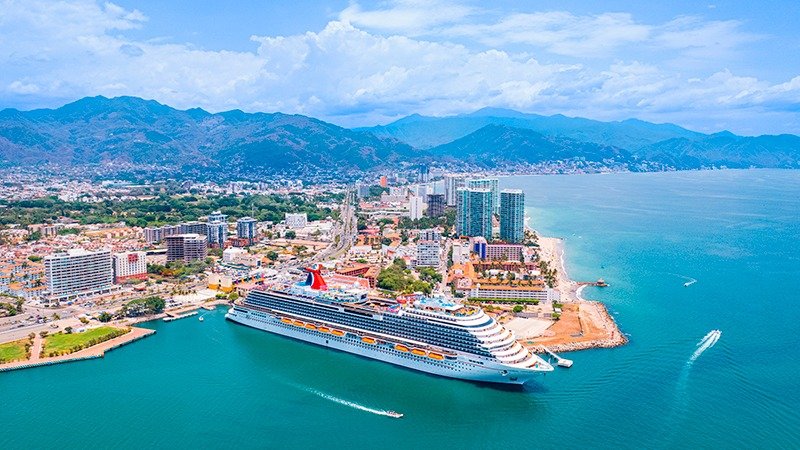Mexico has recently implemented a significant overhaul of its cruise port fees, moving away from a controversial previous proposal. This new structure introduces a tiered increase in fees that will begin at $5 and rise to a maximum of $21 by the year 2028. This adjustment is poised to affect millions of travelers each year, particularly in key cruise destinations such as Cozumel and Cabo San Lucas, which are among the most popular ports for cruise ships visiting the country.
Overview of the Fee Structure
This new fee system is designed to be gradual, providing cruise operators and travelers alike time to adjust to the increased costs. The changes come as a response to the growing demands for improved infrastructure and services at the ports, ensuring that they can accommodate the increasing number of cruise visitors. The decision to implement a tiered pricing model aims to create a fair and sustainable financial framework for maintaining and enhancing port facilities.
Impact on Popular Cruise Destinations
With millions of tourists visiting each year, Cozumel and Cabo San Lucas are critical components of Mexico’s cruise industry. The fee adjustments are expected to influence the overall experience for travelers. As passenger fees rise, cruise lines might adjust their pricing strategies or onboard services to accommodate the changes. This could lead to enhanced offerings or, conversely, increased ticket prices for cruise-goers.
Future Implications for Tourists and Operators
The gradual increase in cruise port fees may prompt discussions among cruise operators regarding their sourcing and pricing strategies. While the initial fee of $5 could be manageable for many, the proposed peak fee of $21 by 2028 will necessitate careful planning and adjustments to ensure competitiveness in the market. It is essential for both consumers and operators to stay informed about these changes as they unfold.
Conclusion
As Mexico’s cruise ports move towards a tiered fee structure, the implications are broad for travelers and local economies alike. This structured increase paints a picture of the evolving landscape of the cruise industry within the country, necessitating proactive adjustments from both cruise lines and tourists. For more detailed insights and ongoing updates about the cruise industry in Mexico, you can read the full story here.
The ongoing developments at cruise ports highlight the need for travelers to remain aware of changes that could enhance or impact their travel experiences in one of the most beloved regions for cruising in the world.



